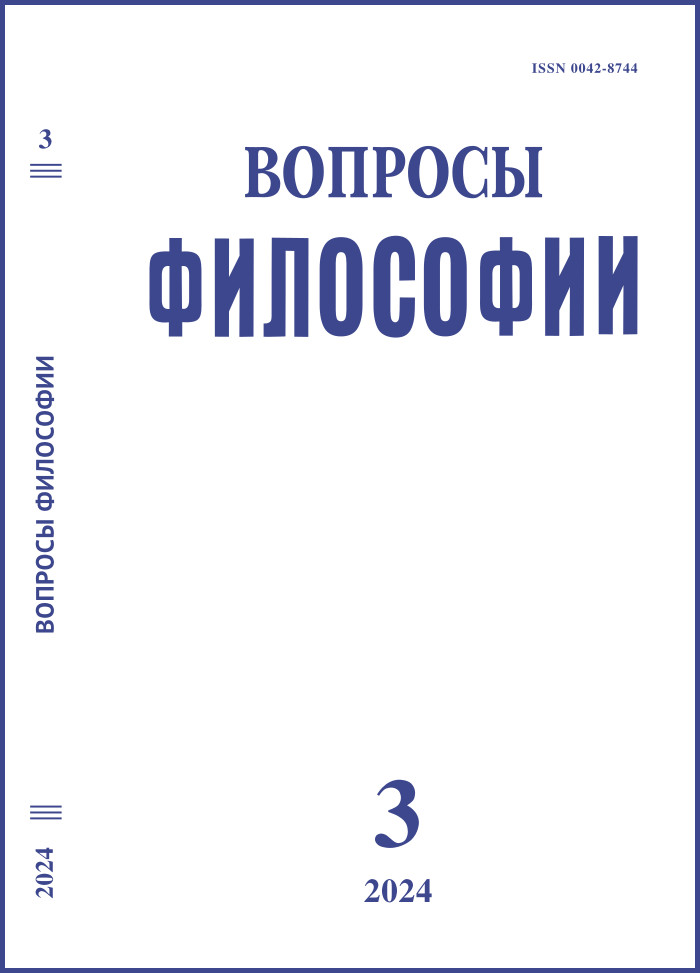Basic Concepts of Setsuwa Tradition (According to Konjaku monogatari-shū) Part II
DOI:
https://doi.org/10.21146/0042-8744-2024-3-185-195Keywords:
terminology, Japanese Buddhism, Shintoism, setsuwa, Konjaku monogatari-shū, Yin-YangAbstract
It is possible to determine the range of basic concepts for any genre of literature by comparing the number of mentions of those terms that the researcher selects based on external considerations (for example, classifying the genre under study as Buddhist and attaching a selected Buddhist dictionary to the texts), or by highlighting within the texts of a given genre those words that for some reason can be considered terms, and comparing the contexts of their use. If we apply both of these approaches to the tradition of Japanese medieval didactic tales setsuwa, we get different, only partially overlapping series. The results of such work may be useful for verifying research assessments of any group of texts as close to one or another tradition outside its genre, or forming its own tradition, and which one; to consider all kinds of influences within the large tradition of Japanese literature and/or religious-philosophical thought, to choose options when translating: whether to consider a word or expression a term, whether to give it the same translation every time. Konjaku monogatari-shū (1120s), from the point of view of terminology, is especially interesting because it combines stories from several earlier collections of didactic tales, rearranging them in a new way (and the question, whether the resulting collection can be considered as a new whole, can be answered by studying the basic terms and their distribution in different parts of the collection). The article examines, as examples, a number of concepts from the “general Buddhist” and “Shinto” dictionaries, as well as more isolated Yin-Yang (Onmyōdō) tradition

